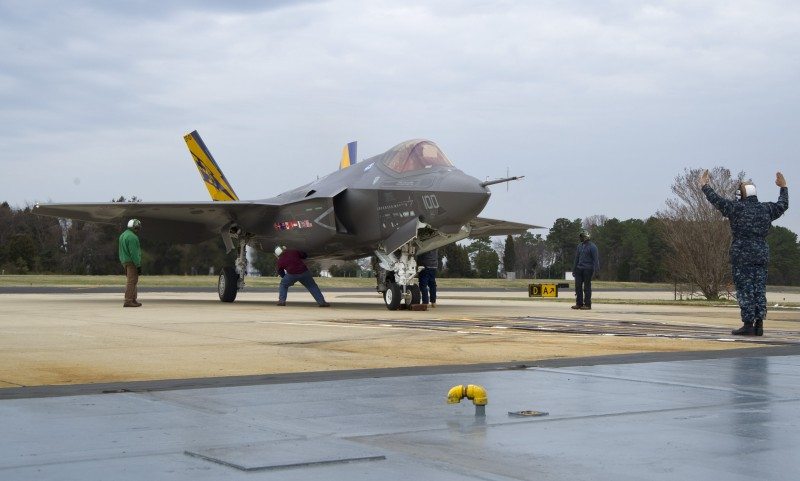DOD continues to substantially restructure the JSF program, taking positive actions that should lead to more achievable and predictable outcomes. Restructuring has consequences—higher up-front development costs, fewer aircraft in the near term, training delays, and extended times for testing and delivering capabilities to warfighters.
Total development funding is now $56.4 billion to complete in 2018, a 26 percent increase in cost and a 5-year slip in schedule compared to the current baseline. DOD also reduced procurement quantities by 246 aircraft through 2016, but has not calculated the net effects of restructuring on total procurement costs nor approved a new baseline.
Affordability for the U.S. and partners is challenged by a near doubling in average unit prices since program start and higher estimated life-cycle costs. Going forward, the JSF requires unprecedented funding levels in a period of more austere defense budgets.
The program had mixed success in 2010, achieving 6 of 12 major goals it established and making varying degrees of progress on the others. Successes included the first flight of the carrier variant, award of a fixed-price aircraft procurement contract, and an accelerated pace in development flight tests that accomplished three times as many flights in 2010 as the previous 3 years combined.
However, the program did not deliver as many aircraft to test and training sites as planned and made only a partial release of software capabilities. The short take-off and landing variant (STOVL) experienced significant technical problems and did not meet flight test expectations. The Secretary of Defense directed a 2-year period to evaluate and engineer STOVL solutions.
After more than 9 years in development and 4 in production, the JSF program has not fully demonstrated that the aircraft design is stable, manufacturing processes are mature, and the system is reliable. Engineering drawings are still being released to the manufacturing floor and design changes continue at higher rates than desired. More changes are expected as testing accelerates. Test and production aircraft cost more and are taking longer to deliver than expected. Manufacturers are improving operations and implemented 8 of 20 recommendations from an expert panel, but have not yet demonstrated a capacity to efficiently produce at higher production rates. Substantial improvements in factory throughput and the global supply chain are needed.
Development testing is still early in demonstrating that aircraft will work as intended and meet warfighter requirements. Only about 4 percent of JSF capabilities have been completely verified by flight tests, lab results, or both. Only 3 of the extensive network of 32 ground test labs and simulation models are fully accredited to ensure the fidelity of results. Software development—essential for achieving about 80 percent of the JSF functionality—is significantly behind schedule as it enters its most challenging phase.
[Download not found]









